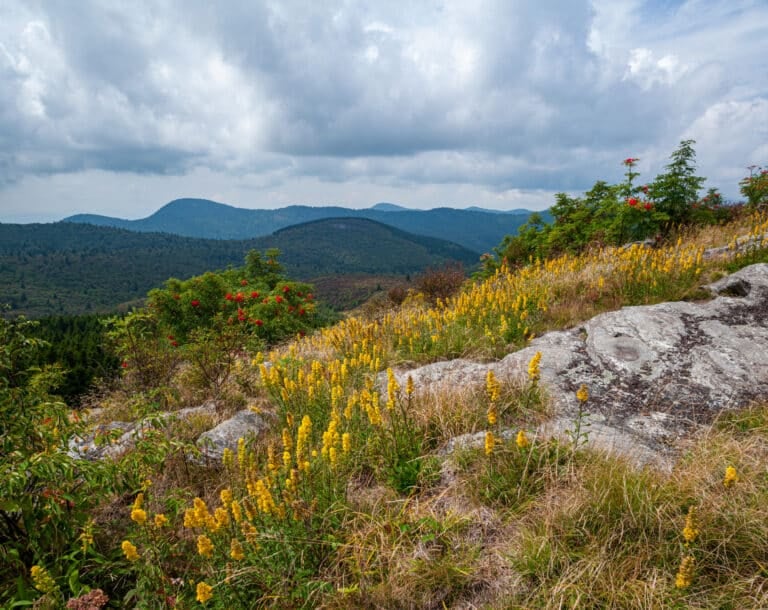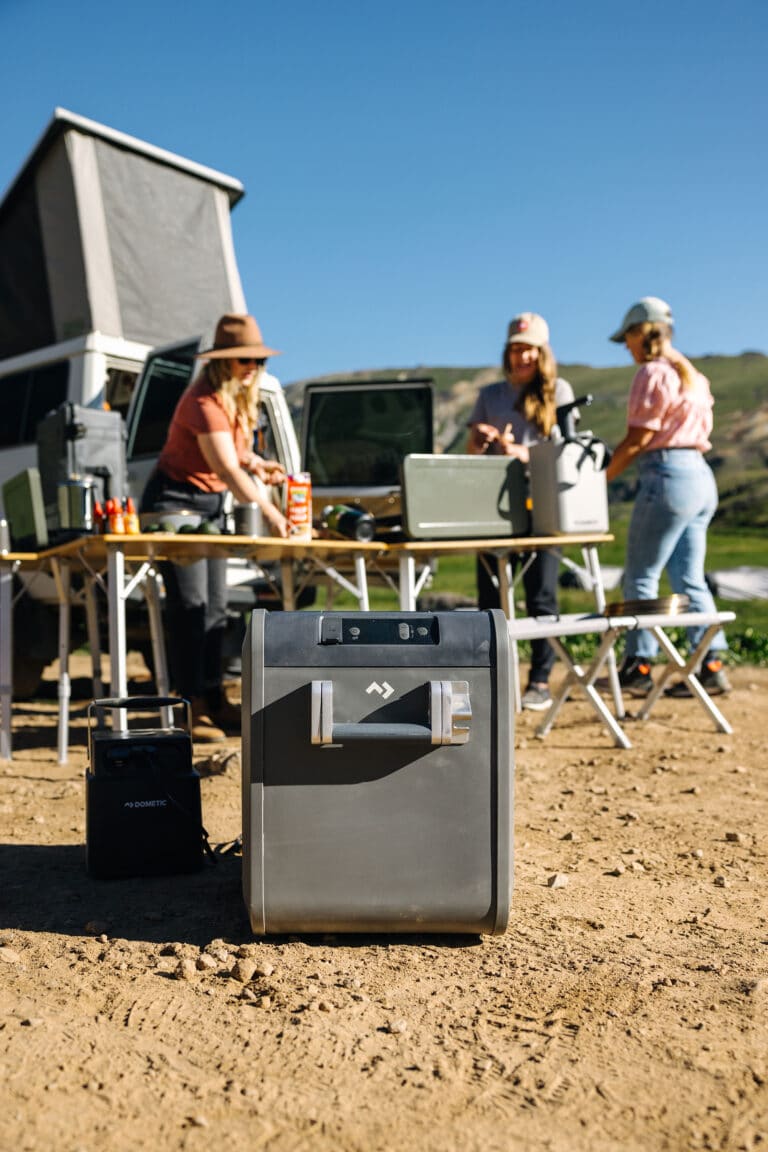-Eric Angevine, Charlottesville, VA
When I was a kid, the first snow of the season was always an event in my house. Even at midnight, my mother would sneak into my room and press my shoulder through the mound of blankets, gleefully whispering: “Wake up—it’s snowing!”
Seen through the mists of time, every childhood snowflake was fat and fluffy, parachuting gently to earth and turning my yard into the blank canvas for adventure—sledding, skiing, and snow-angel-making with my family. My father was always pointing out animal tracks during our winter walks. “That’s a rabbit. See how his feet spread out and keep him on top of the snow?” He fed my vivid imagination, helping me to imagine what the animal was doing when he left this ghostly imprint. I came to respect the endurance of wildlife, and treasure the rare moments when we spotted some elegant creature going about a midwinter task.
Iconic American painter Andrew Wyeth once said, “I prefer winter and fall, when you feel the bone structure of the landscape—the loneliness of it, the dead feeling of winter. Something waits beneath it.” The season is often used to symbolize death in art and literature, but those who study the ecology of winter know it to be a time of where the cycle of life continues unseen. Plants lie dormant, storing energy for spring as the snow keeps them from drying out or freezing solid. Melting snow pack provides the springtime rush of water that awakens flowers and grasses.
Sadly, snow days are more scarce. I’m grown and married now, and my wife and young son love winter weather as much as I do. I want to pass along those family traditions of late-night weather watching and backyard adventure. But with very little snow falling, I simply haven’t had much chance to do so.
What’s happening to our winters? Climatologist Jerry Stenger at the University of Virginia has heard this burning (freezing?) question many times. He recently showed me graphs of temperature change, and the upward trend is undeniable. Over a thirty-year period starting in 1977, average global temperature has gone up nearly a full degree. Focus the microscope on the U.S. alone, and the same period shows a 1.7 degree increase. For my hometown of Charlottesville, the increase is even higher.
I want more snow. I want my son to grow up with snow forts and winter walks. I’ll take an icy-cold snowball down the neck of my sweater every day of January if it means I get to hear his uninhibited laughter in the chill air.
If we don’t have the power to change the big picture, maybe we can try to slow the hunger for growth in our region that’s giving winter the proverbial snowball’s chance in hell. Because I’m hoping to wake my son up at midnight to see the first snow fall, and for his snow angel to still be there the next morning.







